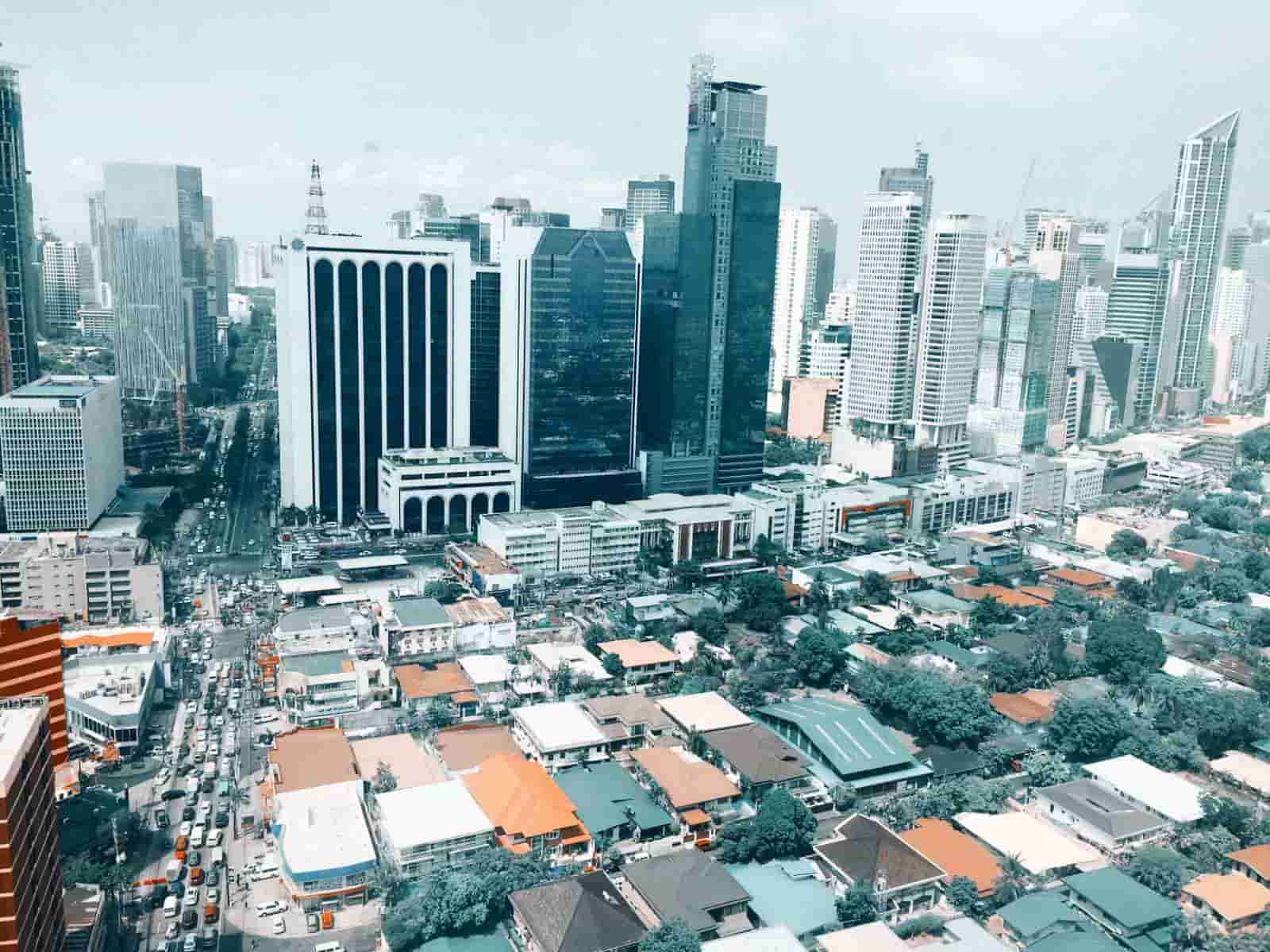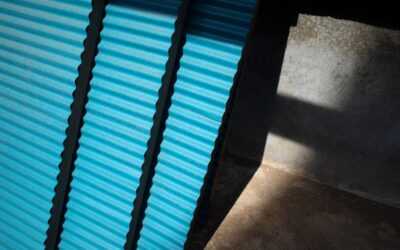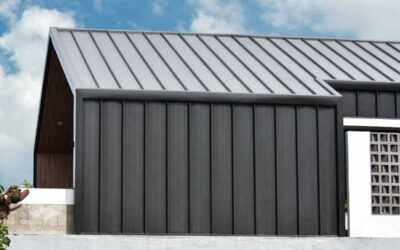There are many different types of roofs out in the market. When considering one for your home or building, make sure to keep in mind two basic things – the local climate and your budget. Both of these factors can help you narrow down your options and ultimately reach the right choice.
Choosing a Roof Ideal for Philippine weather
The Philippine climate is defined by high temps and humidity, as well as a lot of rainfall. Your structure should be able to withstand these conditions to keep everyone safe. Look into sturdy materials such as metal and clay to ensure your roof can avoid severe damage from extreme weather conditions.
Durability
The roof should be sturdy and stable, and will last for a long time.
Weather resistance
Roofs in the Philippines should be able to withstand its weather conditions, including extreme heat, humidity, and severe rainfall.
Maintenance needs
A good roof needs just the right amount of maintenance every year. Who wants to keep fixing and repairing their roof? Investing in high-quality materials, from well-made roof profiles to corrosion-resistant finishes, can ensure that your roof will live a good, long life.
Setting Your Budget for the Best Roof
Look into options that offer good value for your money and are worth investing in. Some products may seem expensive at first, but their lifespan and durability can result in less maintenance costs in the long run.
- Evaluate – Before anything else, evaluate your project to figure out how simple or complex your needs are.
- Research – Look up reputable roof solutions providers and contractors and compare their service offerings. Asking them for an estimate can give you a more concrete idea of pricing and how much you’re supposed to spend.
- Consider the materials and labor costs – There’s a variety of materials out there, each with its own pros and cons. Read on below for a brief comparison. Don’t forget to consider labor costs, as well.
- Save – If you’re not in a hurry to buy a roof, try to save money over a few months after getting estimates. Make sure to allot money for surprise expenses in case anything comes up during the construction process.
- Find the right timing – Installing a new roof during typhoon season can be tough. Schedule your roof construction during the off-season to avoid further delays, difficulties, and higher costs.
- Negotiate – Ask your supplier for payment terms, financing options, or discounts, if available. Most companies understand that getting a roof is a major investment, and are willing to flex to cater to your needs.
Common Roof Types
Gable Roof
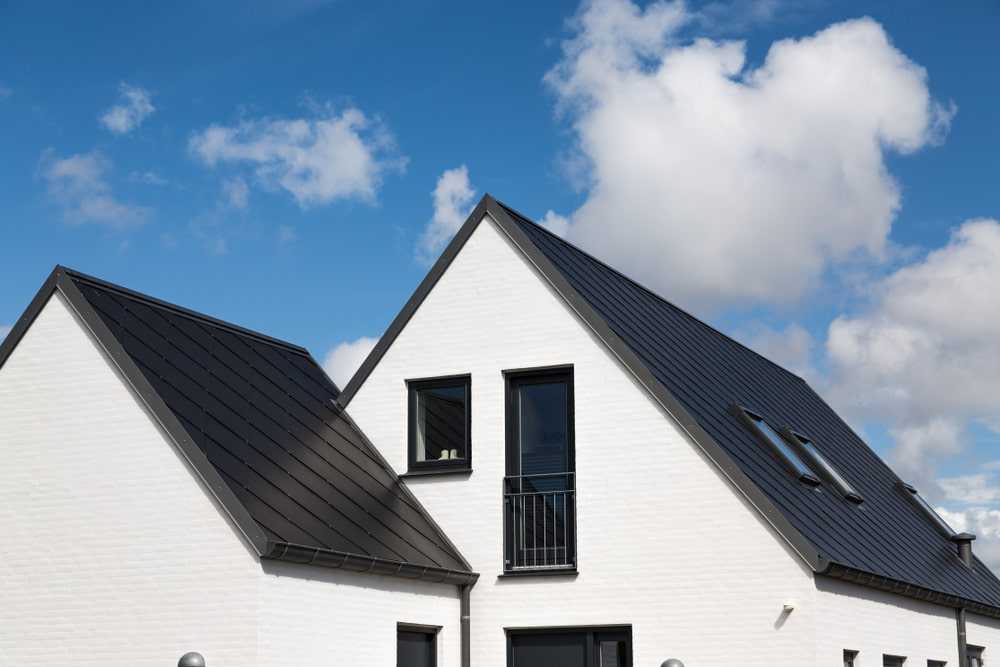
A popular type of roof, gable roofs have two sides that rise to meet in the middle, forming a triangular shape. They are great for Philippine weather because their slopes make them effective in shedding water. They also allow for better ventilation and bring in natural sunlight.
Flat Roof
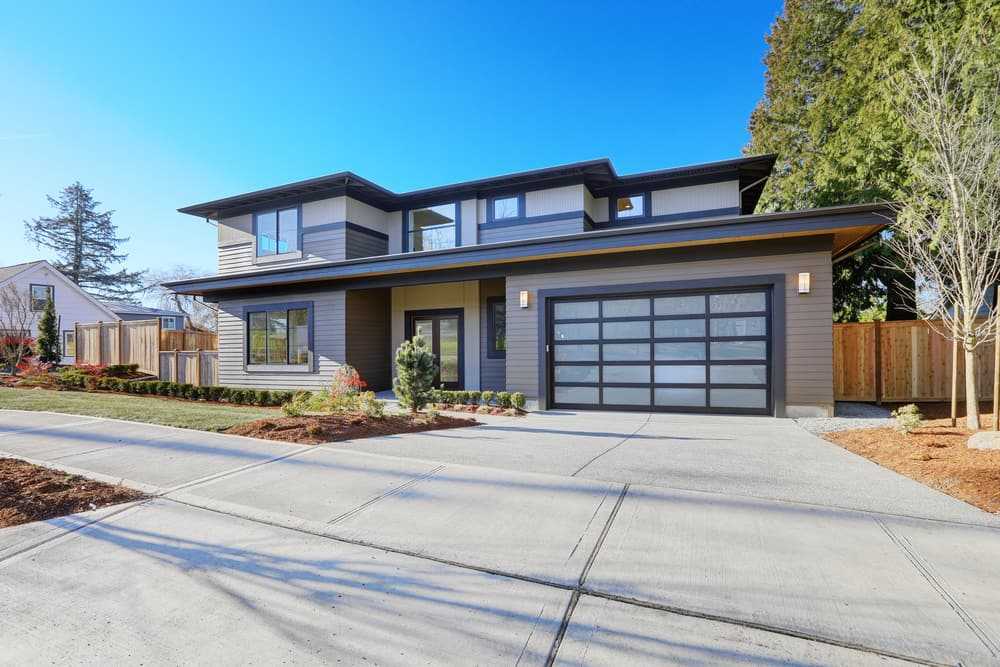
Also known as low-slope roofs, flat roofs have a more modern visual appeal, an alternative to the traditional triangular style. Their low slopes might need more maintenance in terms of water drainage, but if you use the right profiles, like a standing seam or classic snap lock roof, you can protect your roof from leaks.
Shed Roof
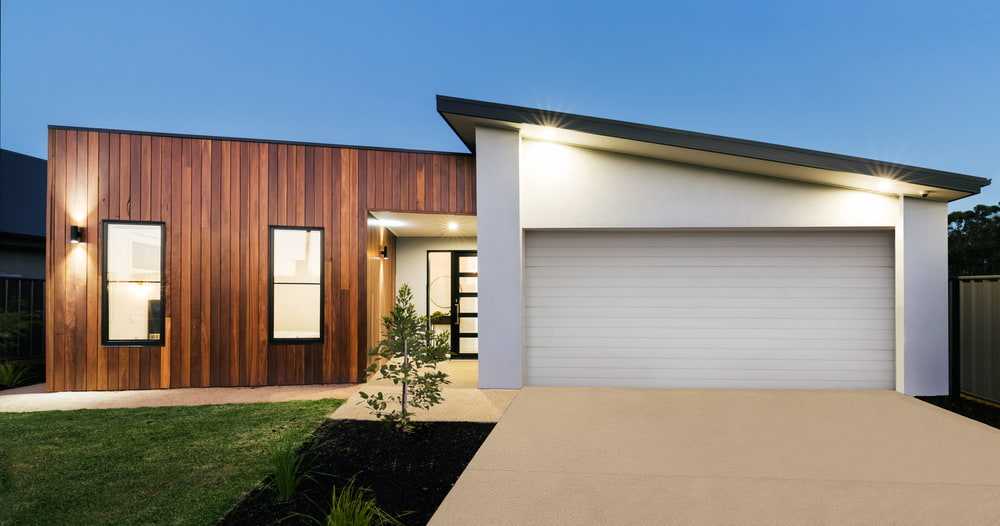
Think of it as half of a gable roof. Defined by its “lean-to” style, shed roofs can have steep slopes which can help make water runoff quicker. This type of roof can offer strong resistance to harsh winds, perfect for typhoon-prone locations.
Common Roofing Materials
Clay Tiles
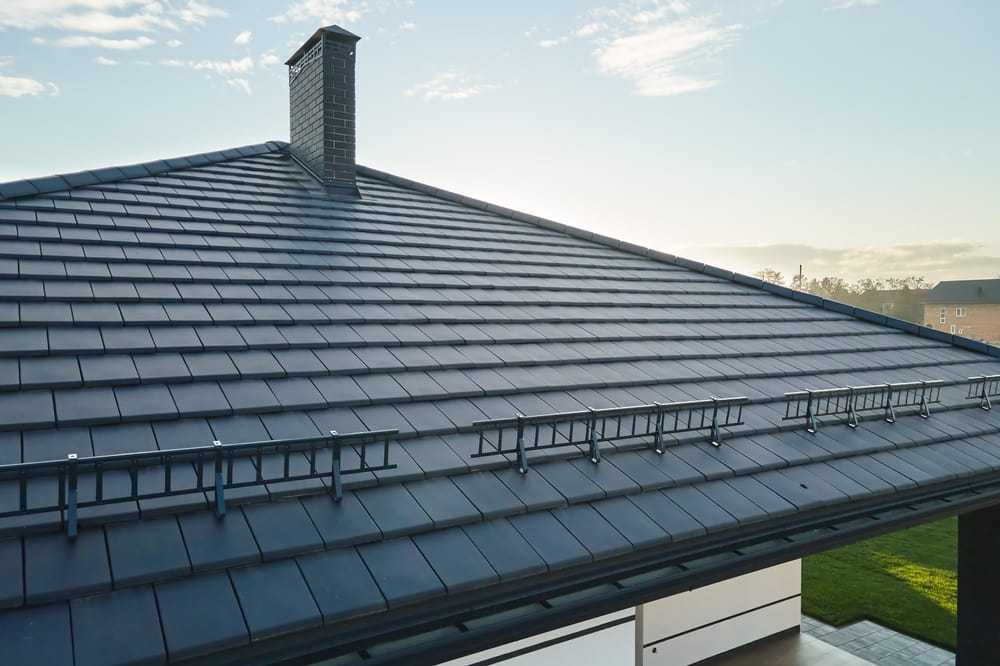
Made of natural clay, these tiles are known to be highly durable and fire-resistant. While they can withstand extreme weather conditions common to the Philippines, they can be a challenge to maintain. But with its timeless appeal and long-lasting durability, applying a little elbow grease might just be worth it.
Metal

Metal is impervious to water, making it ideal for Philippine roofs, especially in typhoon-prone areas. Choose a roof that has concealed fasteners for even stronger leak protection, with a bonus clutter-free aesthetic appeal.
Asphalt shingles
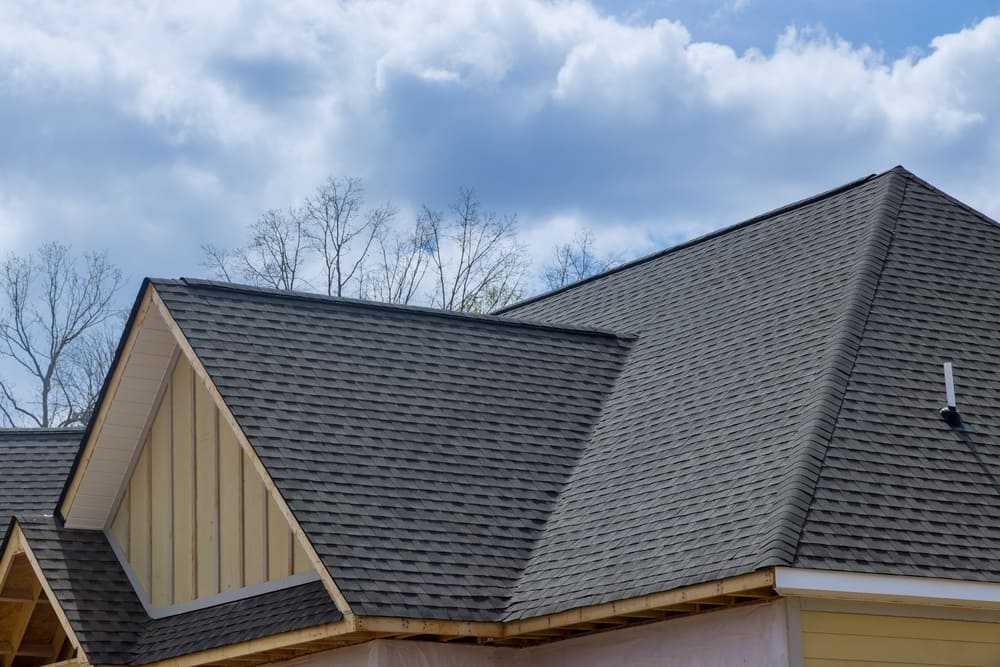
Asphalt shingles are highly popular due to their cost-efficiency. It is also easy to install and can come in a wide variety of colors and styles that can work with most architectural styles out there. However, this type of material tends to deteriorate quickly over time, prone to warping, cracking, mold, and mildew.
Why METALINK can answer all your roofing needs
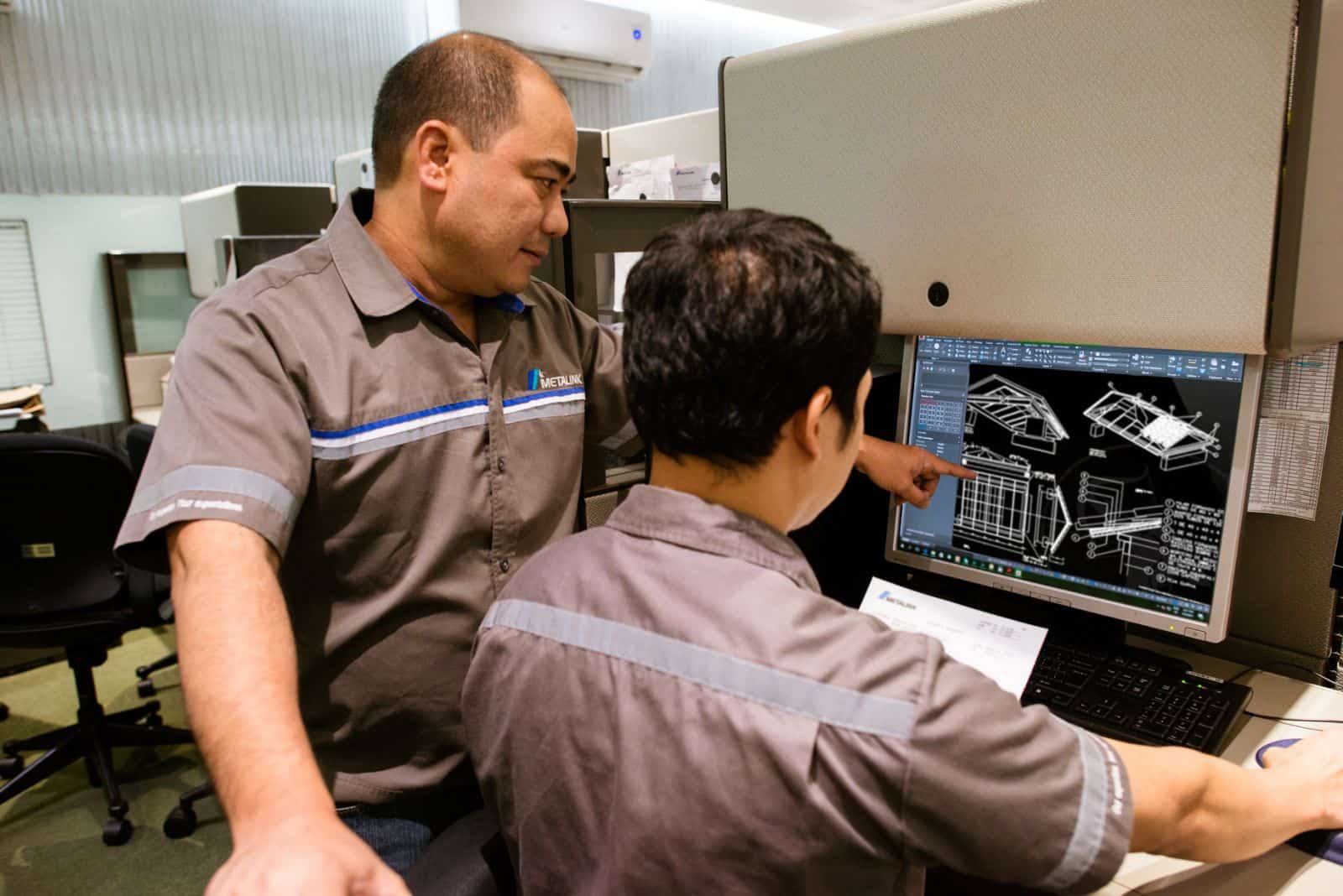
If you’re worried about choosing the wrong material for your roofs, it’s best to consult an expert in the field who will keep you on the right path. METALINK, one of the country’s leading roof solutions providers, has expertise in manufacturing, supplying, installation, and other roof-related services that span two decades. Their specialists can offer sound advice to help you find the right roof for you.
Choosing the Best Type of METALINK Roof
METALINK offers a wide variety of products that address different needs. Each product goes through a battery of quality assurance tests to ensure that every client will get the best material possible.
METALINK Clay Tiles
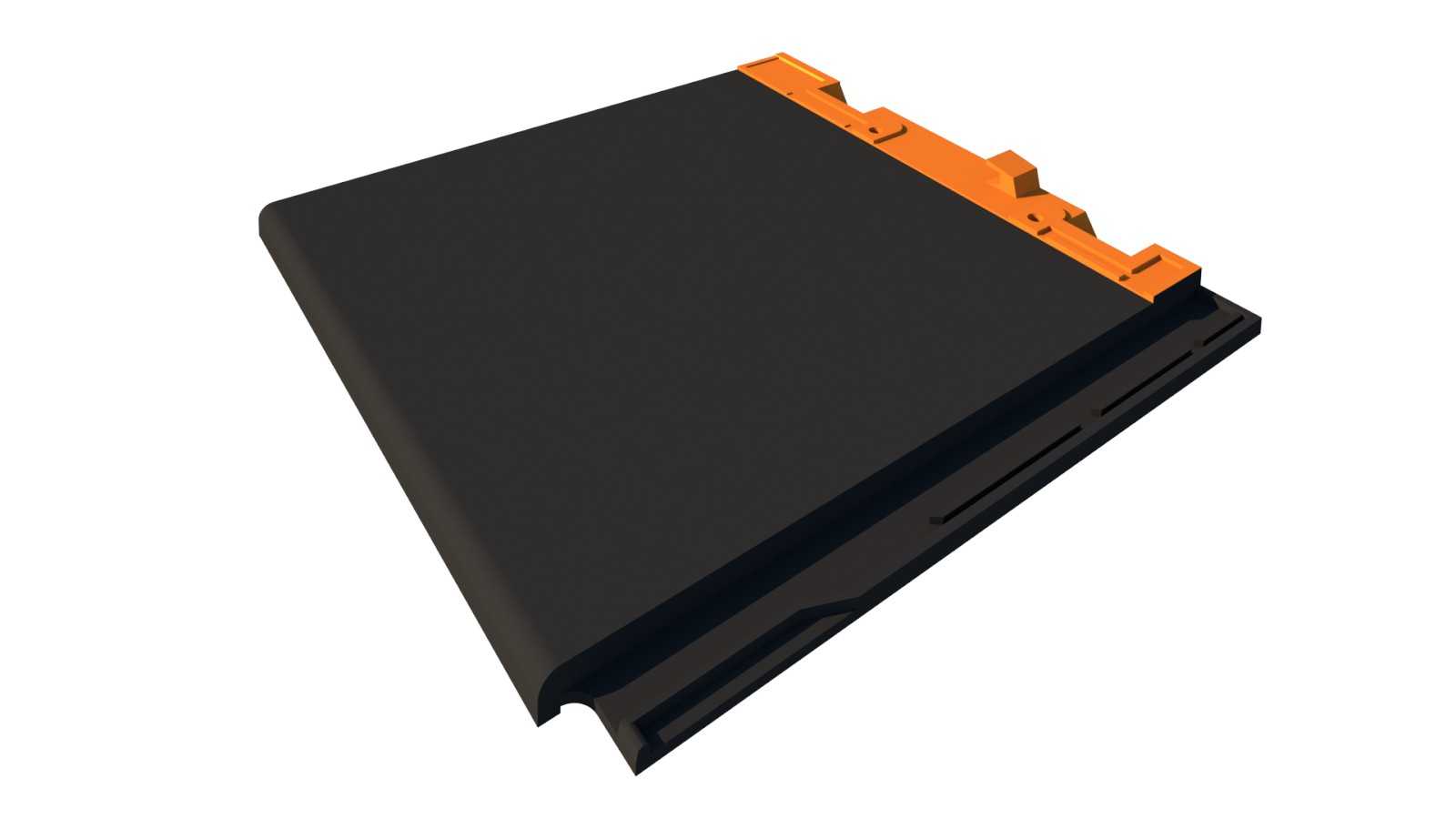
METALINK’s clay tiles are long-lasting and durable, able to withstand a range of environmental extremes. Crafted from natural earth materials, they are also recyclable and sustainable.
HAVANA TILE

This classic horizontal roof has hidden fasteners that give off a sleek and neat appearance while offering anti-leak benefits and overall durability.
ECOSEAM
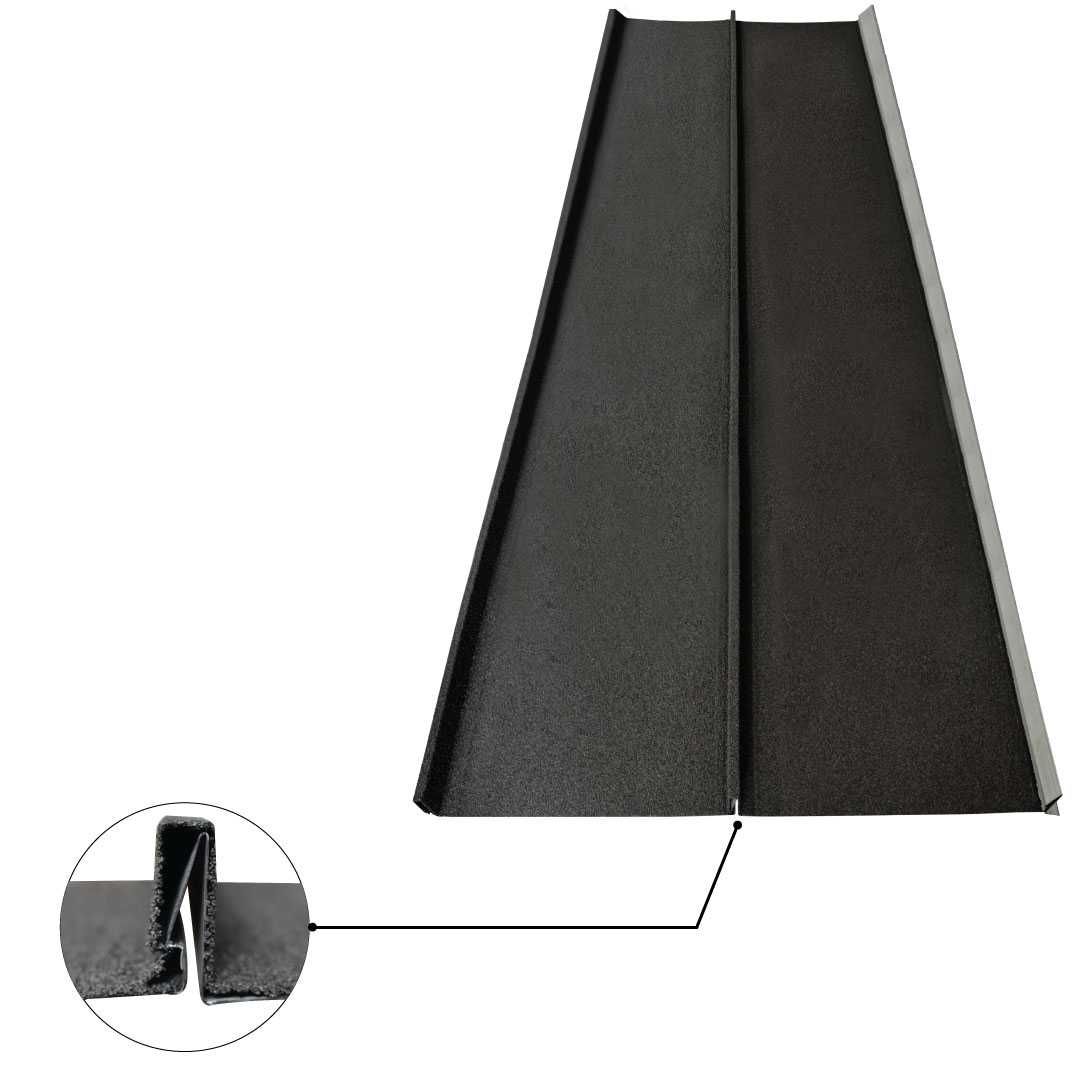
ECOSEAM is a low-slope, classic roof profile with a snap-on lock system for easy installation.
FLEXSEAM
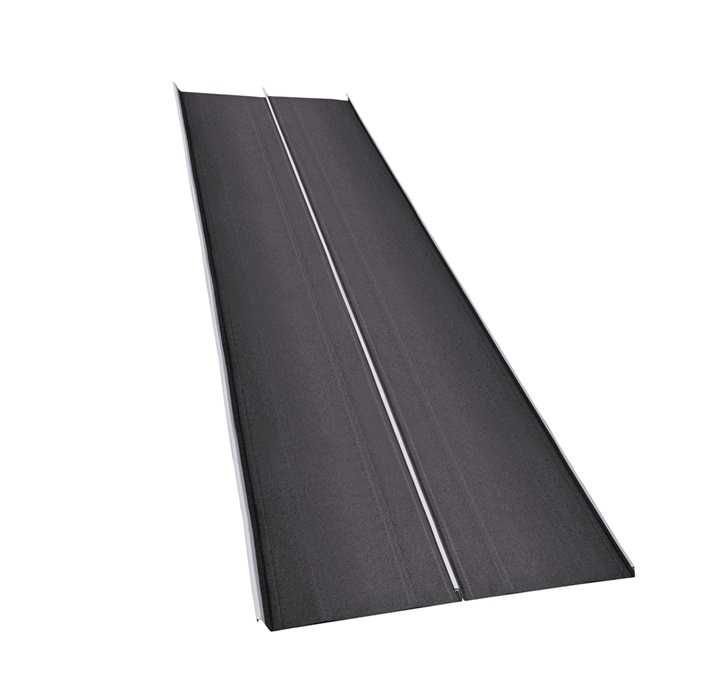
This is a low-slope profile in a standing seam that uses concealed fasteners to ensure a continuous linear design.
STONETILE
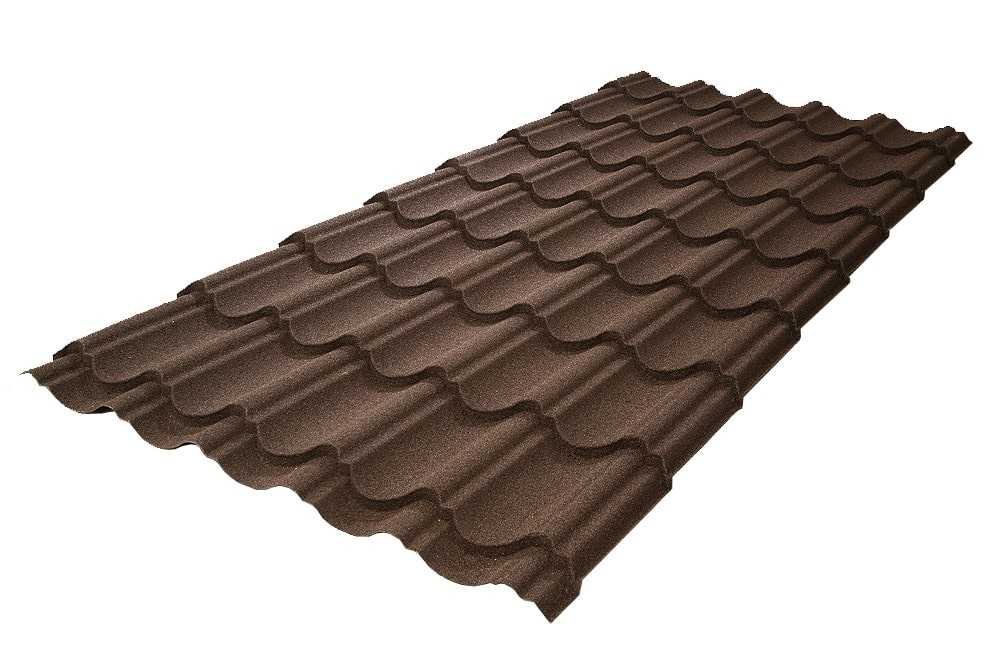
Lightweight and easy to install, STONETILE has anti-capillary (or water-blocking) features to protect from rain. It is also patented as the first and only long-span stone-coated roof in the country.
STONERIB
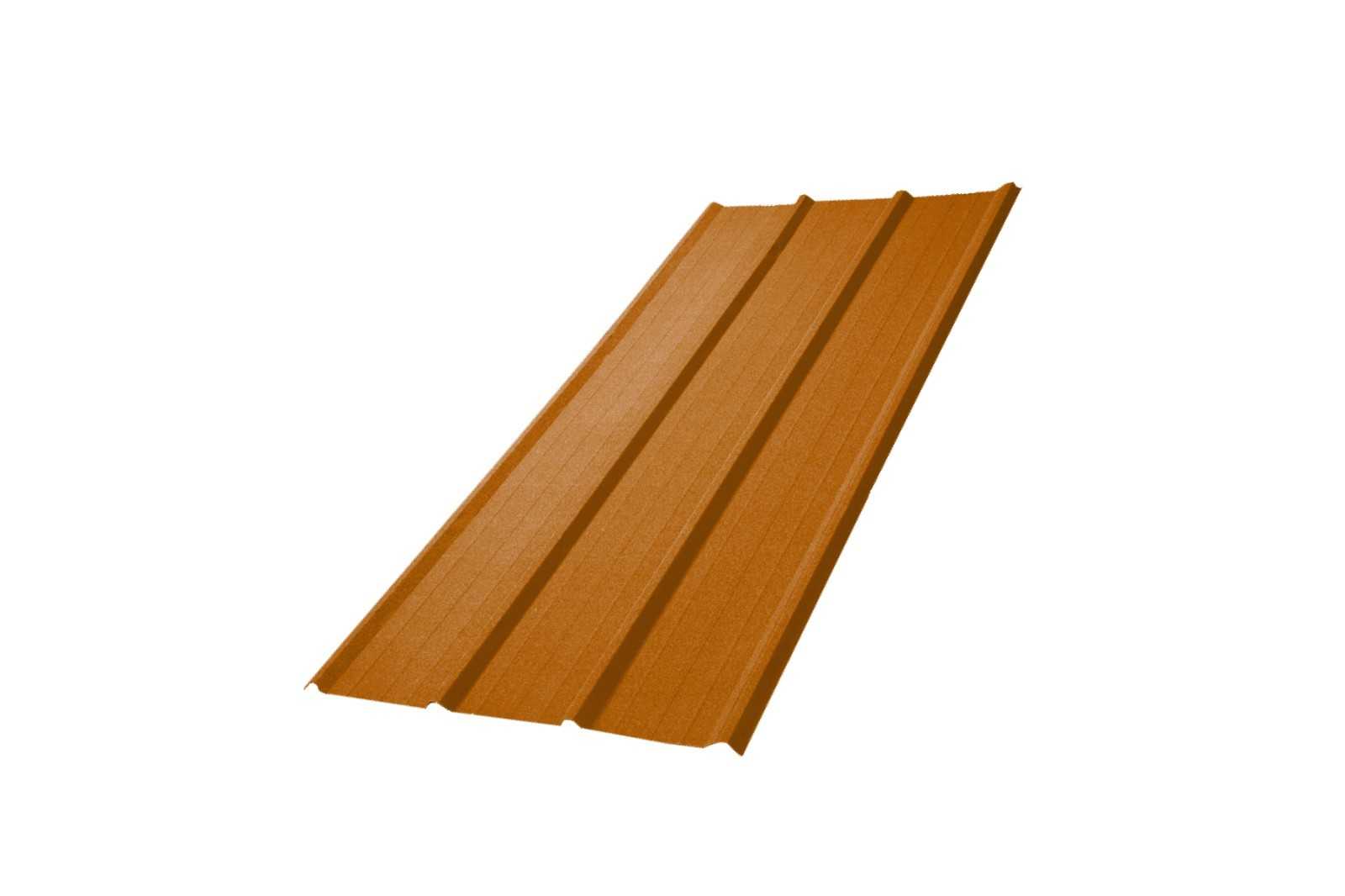
This rib-type, long-span stone-coated roofing is a durable profile that does not need undersheeting.
Figuring out the right roof for your needs may be a daunting task, but it is not impossible. Feel free to explore the METALINK blog for more tips on the different types of roof solutions available. Better yet, contact METALINK today to get personalized, expert advice that will address your requirements.

